Charting a New Course for Education with Foresight
Key Points
-
Strategic foresight allows leaders to anticipate disruptions, such as climate change and AI, and prepare for changing educational needs.
-
The future of public education requires balancing modular, personalized pathways while maintaining it as a public good.
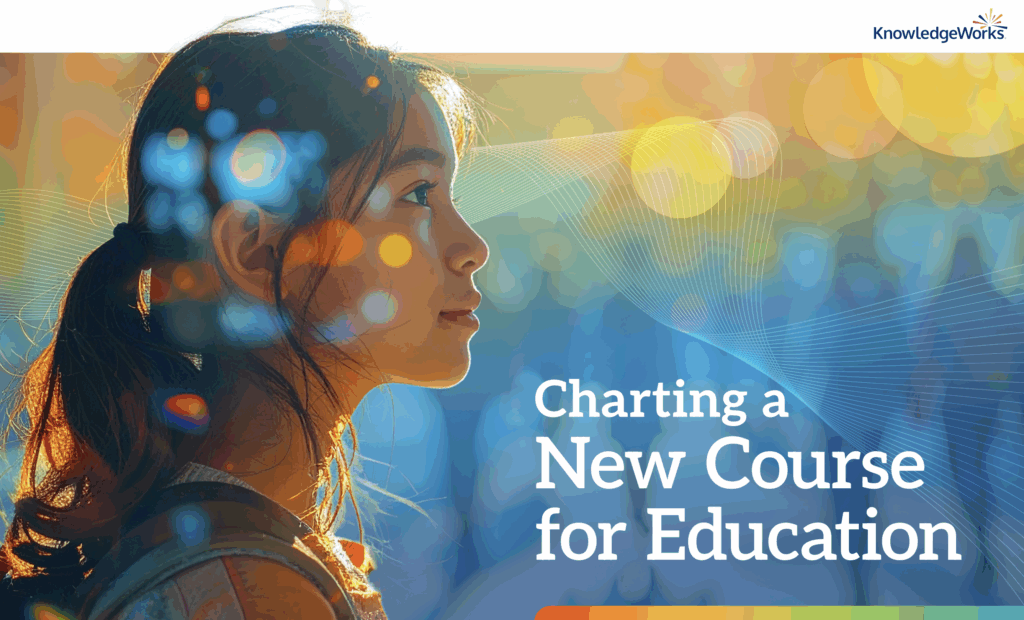
Our fascination with foresight and innovation started years ago when I realized how much potential there is in reimagining education to meet the challenges of a rapidly changing world.
This is something that has always struck me: the importance of looking ahead with strategy and imagination, yet so often, education systems remain reactive rather than proactive. This is why futures thinking has become such an essential tool for educators and leaders alike.
For those reasons, we’re chatting with Katherine Prince, Vice President of Foresight and Strategy at KnowledgeWorks. Katherine and her team have been leading the charge in helping education systems prepare for the future. Today, we’re diving into their latest forecast, Charting a New Course, and exploring drivers like AI, climate change, and the shifting role of public education.
Transcript
Tom Vander Ark: Charting a new course. It’s the newest forecast from KnowledgeWorks, our favorite look into the future. I’m Tom Vander Ark. You’re listening to the Getting Smart Podcast. And today, Mason Pashia, my storytelling partner, and I are talking to Katherine Prince. She’s the Vice President of Foresight and Strategy at KnowledgeWorks.
Hey, Katherine.
Katherine Prince: Hello, Tom. It’s a pleasure to be here.
Tom Vander Ark: As soon as we get the forecast email, we shout out an invitation to you. We super appreciate your work on this. You and your team always do such interesting and important work.
Mason Pashia: Yeah, I love this idea of foresight, and I never heard about it growing up. It took a really long time to even hear about it as a skill, a disposition, and a career. Given your title, this is where you spend your time. So I’m just curious how you encountered the idea of foresight, forecasting, and your own personal journey with that skill set.
Katherine Prince: Yeah. I briefly heard about it as kind of a passing thing when I worked at the Open University. The university was commissioning scenarios for the future of higher education from a UK perspective. But I was too junior to be invited into the conversation, so I was just like, okay, that’s a thing. Then I got to KnowledgeWorks in 2006 to manage a program unrelated to foresight. That was right at the same time that KnowledgeWorks released its first future forecast, the 2006-2016 map of future forces affecting education. I got to hear the people who had worked on it present ideas.
I have to admit, my first encounter was destabilizing. I didn’t have the framework for thinking about the future. I found a lot of the possibilities unsettling, but I got assigned to use the forecast in various contexts to help people think about what they wanted for education. Gradually, I realized the power it could have in helping people stretch their imaginations, set visions, and plan strategically for the future. Over time, I got closer to it and built my skills in it.
Mason Pashia: That’s great. Do you feel like it’s a skill? Like, do you feel like you got there before it was cool? Is this skill growing in importance? Do people now talk to you and say, “Oh yeah, foresight, that’s something I’ve heard about,” or does it still feel totally novel to most people you meet?
Katherine Prince: I think people are getting more familiar with it. More people are probably practicing futures light versus full-on futures thinking or strategic foresight than was true 20 years ago. Many of us are rightly aware that the world is getting more complex and changing more rapidly. There’s value in looking ahead in disciplined ways. There’s still a lot of space to ensure that when we do so, it’s with rigor and care. As with anything, there are varying levels of skill and capacity, but it’s great to engage in any futures thinking rather than being stuck in the present and not being deliberate about how we look ahead.
Tom Vander Ark: It’s interesting. Mason, Katherine’s partner at KnowledgeWorks, Jason Swanson, did a degree in foresight at Houston. Houston, being the oil capital of America, has some of the modern roots of forecasting and, to some extent, futures thinking, which started with Royal Dutch Shell. Is that fair, Katherine?
Katherine Prince: It is. They were really leaders in using scenario planning to guide their corporate decisions and understand the field in which they were operating. There are many ways of approaching foresight, of course, and many ways of conducting the inquiry and depicting future possibilities. But they were definitely forerunners for the modern field.
Tom Vander Ark: Just to close the circle, I guess I learned about this idea of foresight in the 1980s while doing a degree in energy finance and working for Amoco. Back in the 1980s, we were plotting the end of American oil. The oil industry, with its super long cycles and big capital expenditures, requires thinking 20 years out for a return on investment. It’s interesting to fast forward to your forecast. Mason and I both appreciated the way climate and the climate crisis surfaced in this one. Even though it’s been depressed from media coverage and certainly by the current administration, we appreciate the long-cycle thinking about the planet we share and the prominent way it surfaced in this report.
Katherine Prince: Thank you. With education, as you’re all aware, the cycle of change-making can be slow because there are such established, stable systems and so many people involved in changing practices and mindsets. Over the years, it’s been a judgment call of how much to bring climate change into our education forecast. It’s gradually become more prominent, but we’re not just living it as a future possibility; it’s a current context from which we’re looking ahead to the future. So we felt it was really important to include it.
Tom Vander Ark: We appreciate the way you surfaced the climate crisis, both as part of the context and as a driver. It is clearly one of those aspects that makes today very different and contributes significantly to all the disruptions you mentioned in your second driver. You also included climate as one of the drivers, one of those big change forces we need to be aware of. We appreciate the way you surfaced it both as context and as a real, important driver.
Katherine Prince: Thank you. That need to address climate change was bundled into a driver of change called “Everyday Disruptions.” There are many forms of small- and large-scale disruption that schools and other learning environments are already experiencing. Unfortunately, we expect they’ll continue to experience and need to manage. In some ways, it’s distinct because it brings an existential crisis, and in some ways, from the standpoint of school operations, it’s one of many things making it harder to maintain the day-to-day.
Mason Pashia: Yeah, and it’s something that there’s not a lot of narrative around how to respond to. It’s sort of a novel development. My dad works for DLR, the architecture company, and they did a lot of work to help the Virgin Islands and Puerto Rico come back from the hurricane. The rebuilding of community resilience alongside school infrastructure was really interesting. There was no one there documenting it, and that, to me, felt like such a loss because so many people are going to go through this in the next 10 to 20 years. This kind of response to these events is really tough to predict, even with the best foresight you can implement. I think that’s a really smart one to bring up as a driver.
Tom Vander Ark: Mason, I want to jump in and just talk for another minute about this opening section on context. I love this section, one, because it reminds me of the opening section from our innovation framework about noticing, right? It invites education leaders to notice what’s new and different about their context. Because, as you talk about in the second section, it’s so dynamic, it’s really important to periodically stop and notice what is new and different. Mason, I often think that the forecasting we do and the trends we write about are mostly trying to predict the present more than the future because it’s just become so challenging to notice where you are.
Mason Pashia: Totally, yeah. It’s super hard to keep track of where you are. At the level of the science of foresight, Katherine, I’m curious—this is kind of meta, asking you to identify the trends in trends—but when you sat down to do this forecast, did it feel like there were way more drivers and way more contextual variation than usual? Or is this something where, whenever you sit down for a forecast, there are always four or five things that you’re like, “Oh yeah, these are really changing the landscape”? Does it feel as tumultuous on paper as it does to live right now?
Katherine Prince: Yes and no. We try to start fresh with every forecast. We are always looking at categories—social, technological, political, environmental, economic, and so forth. We know there are some long-tail trends like climate change, the infusion of artificial intelligence, and, to some extent, social fragmentation. But we were also aware that we’re living in such a swirl right now. We’ve been saying for a while that change is accelerating, and I think with this forecast, we really felt it. While we knew we had a sense of the big picture, there were times when it was hard to find just the right shape for the specifics. For example, with the driver of change that became the “relevance gap,” we knew there was something affecting youth and their relationship with education. It took us a long time to find the right way of thinking about it that positioned them in a systemic context causing that tension versus inadvertently positioning it on them, which we never thought, but it was hard to write about it in a way that wouldn’t do that.
Tom Vander Ark: I want to pick up on this. I think part of what Mason was expressing is that the first two sections of the report are quite tidy. You did a really nice job of concisely describing the set of drivers, and you incorporated integrating with AI disruptions, a new way to think about the bucket of all the stuff coming at us, eroding public institutions, and the relevance gap. Typically, we would think of those last two things as outcomes from drivers, but you’re including them as drivers. I thought it was really interesting to say that eroding institutions and the relevance gap are drivers of change. That suggests they’re not just outcomes we observe; they are likely to continue and be influential. Is that fair?
Katherine Prince: It is. With the eroding institutions, we were observing a pattern of which public education is a part, but that is bigger than public education. It’s the culmination of shifting perceptions and support for public institutions in this country, which is really changing the context in which public education systems operate and therefore affects them, even as people have their distinct relationships with them. The relevance gap, too, felt like a societal pattern—something that schools and other learning environments need to attend to urgently. There’s a risk that the gap will keep widening, with schools becoming less and less aligned with what children and youth are interested in and need.
Tom Vander Ark: When you put those four drivers together, it worries me that, combined—integrating with AI disruptions, eroding public institutions, and the relevance gap, which may come along with lower enrollment, lower attendance, and lower budget revenue—it creates this super vicious cycle of trends that make it very difficult for an education leader to reverse and create positive momentum. Do you get that sense of dread, like these are compounding drivers that feel difficult to counteract?
Katherine Prince: Yes. I think in some of them, there’s more opportunity than others. Of course, whether we see opportunity or challenge always depends on where we’re sitting and what we’re grappling with. But I do think this is a really serious moment for education. As we look to the next decade, we don’t think it’s a given that education in this country will remain a strong public good. That’s a really serious possibility. At the same time, as we draw elsewhere in the publication, there are a range of possibilities that invite education leaders and others to consider how public education systems might interact with other kinds of entities in an expanded education marketplace. There are some stark possibilities, ranging from what if we had fewer resources for public education and it became minimally viable, to if there were more modular public education systems that challenge our thinking about what public school is.
Tom Vander Ark: Mason, the other thing that strikes me about the Indigenous Leader series is just the presumption of public good, of common good. It strikes me that that’s one of the big fault lines in education today. We have a public education system with an elaborate accountability system that aspires to education for all. Then we have this growing number of vouchers and ESAs that rely on parent accountability and, one could argue, are more about education as an individual good, not a common good. Katherine, that feels like when you describe at a high level the potential for an education portfolio, do we have to resolve that tension between education as a private good versus a common good? Or can we have a messier coordination without clarity on that point?
Katherine Prince: I think it may be possible to have a messier coordination in which we still conceive of and treat public education as a common good, but its mechanisms are more varied. It’s one of the things that stretched my thinking the most as we were working on this forecast. I don’t think it’ll be easy, and I don’t think it’s a given. There are definite tensions where we could end up very bifurcated—private all the things, public ones better resourced, the downward spiral we mentioned. It’s definitely a prospect. But we may be in a time when the moment is right to think really differently about partnerships and, again, that modularity across sectors. But it does require a commitment to that culturally.
Tom Vander Ark: Yes, and it’s interesting, at least in America, how different that is state by state, right? Each state is a relatively unique context, and we do have to enter the opportunity set sort of state by state here to begin to imagine potential solutions. Mason, this reminds me of our conversation with Paul Senge, who suggested that AI is going to help us manage the relationship between complex systems and that it’s possible we could step into coordination without agreement. That’s a little bit of what Katherine is getting to—that maybe we can find ways to coordinate a system that serves the needs of all kids without resolving some of the fundamental tensions that exist.
Mason Pashia: Totally. Yeah, I mean, I think this actually leads into the radical power-sharing provocation a bit as well. I think that Tom knows I’ve been super weirdly excited about governance for the last year and tools that are making that both easier and more invitational. Katherine, on this radical power-sharing front, what were some of the signals that you were looking at that got you thinking this way? Were there specific signals within the school system already, or were you looking more at corporate systems? I’d love to hear a couple of examples there.
Katherine Prince: Yeah. One of the things we’ve been watching for a while is increasing moves toward participatory governance in various contexts—not necessarily specific to education, but participatory budgeting, participatory governance, and ways of distributed contribution gaining weight in some places. I think that points in the direction of more radical power-sharing. Another example I’d highlight is the Remake Learning Council in Pittsburgh. They’re working in a regional ecosystem context, and the council is providing guidance, stewardship, and coordination across that network, which is comprised of many disparate players who come in voluntarily toward common aims and values. That’s endured for quite a while and matured and evolved. Those are two examples I’d point to.
Mason Pashia: Yeah, that’s super exciting.
Tom Vander Ark: I think Mason and I are both really interested in what you took away from this experience. What are your big hopes and maybe biggest fears from this process? This was probably a year-and-a-half process of putting this together. What are your big takeaways?
Katherine Prince: I am, as we’ve been discussing, fearful that education in this country will not remain a public good or that, as you highlighted with the variation across states, it will in some states and not others. I think there is the potential for a lot of variation, especially given that we’re in a time of weakening federal oversight in education. But I also feel hopeful in relation to the public good question because I am hearing more attempts to provide infrastructure that can help education be treated as such. I know it’s something that’s getting effort from people who want to protect that value.
Another tension I take away is how we might look past the current excitement, hype, and fear about AI and really think about its potential to help enable new forms of education infrastructure and new ways of learning and assessing. There’s just a huge realm of possibility in that space. Again, I’m hearing in various settings a huge desire to keep humanity at the center of education while we work on integrating AI. That, again, isn’t going to be an easy proposition, but I’m heartened by that orientation that I’m hearing from a lot of people in education spaces.
Apart from those specifics, there are so many people in this country and the world who are working on education innovation and transformation for the betterment of people in the context of a fragile planet. I do believe in the power of people’s actions to shape the future, so we’re not just buffeted by these drivers of change. We do have a say, and our actions count.
Tom Vander Ark: Mason, any point of hope that you take from the Charting a New Course foresight report?
Mason Pashia: I think what I like most about foresight is just the way it enables you to put your arms around the subject. I think that, as Tom mentioned at the top, the organization and tidiness of the beginning actually give people a way to approach this information at a time when a lot of people feel kind of paralyzed by it. You don’t really know how to handle it. I’m super grateful to this report for giving these pretty clean criteria with which to map your own experience onto and see what you’re observing in the world. From that, I think people can begin to make really strategic and intentional decisions.
The hope is just that people are doing this impressive work and keeping the public good as a core driver—not a driver in the foresight sense, but a core principle behind what they hope comes of this and how we can map public good over time to see if we’re kind of winning in the end as a species, embracing each other. Those are my small hopes about this project. How about you, Tom? What are you hopeful about?
Tom Vander Ark: Katherine, we appreciate your concerns about the potential erosion of public education as a public good. What I am really optimistic about is that AI is a historic opportunity for young people, particularly upper-division high school and university learners, to step into value creation. They can begin working on the world’s greatest problems while they’re in school, as part of school, to deliver value to their community in ways we couldn’t imagine a year or two ago. That’s relatively democratized now. Most of the 4 billion connected people on Earth have some access to smart tools that allow them, with opportunity, guidance, and space, to step into value creation. That, to me, is a really exciting opportunity.
Katherine Prince
Katherine Prince leads KnowledgeWorks’ exploration of the future of learning and stewards the organization’s strategy around engaging people with education transformation. As vice president of foresight and strategy, she leads a team of professional futurists who explore future possibilities for education and help people grapple with change and consider what they want for the future. Katherine also collaborates across KnowledgeWorks to define, implement and monitor the impact of KnowledgeWorks’ publication and engagement strategy.
In earlier roles with KnowledgeWorks, Katherine led organizational development initiatives, contributed to national collaborations toward systems change, and managed programs to foster teaching and professional learning innovations and encourage collaborative knowledge management among educators.
Before joining KnowledgeWorks in 2006, Katherine supported large-scale changes in working practice at Britain’s Open University and helped U.S. federal agencies and other clients increase service quality by incorporating a customer perspective into their organizational planning. Katherine holds a B.A. in English from Ohio Wesleyan University, an M.A. in English from the University of Iowa, an M.B.A. from The Open University and a professional certificate in foresight from the University of Houston. She also pursued training in foresight from the Institute for the Future. She is a member of the Association of Professional Futurists and a Salzburg Global fellow.
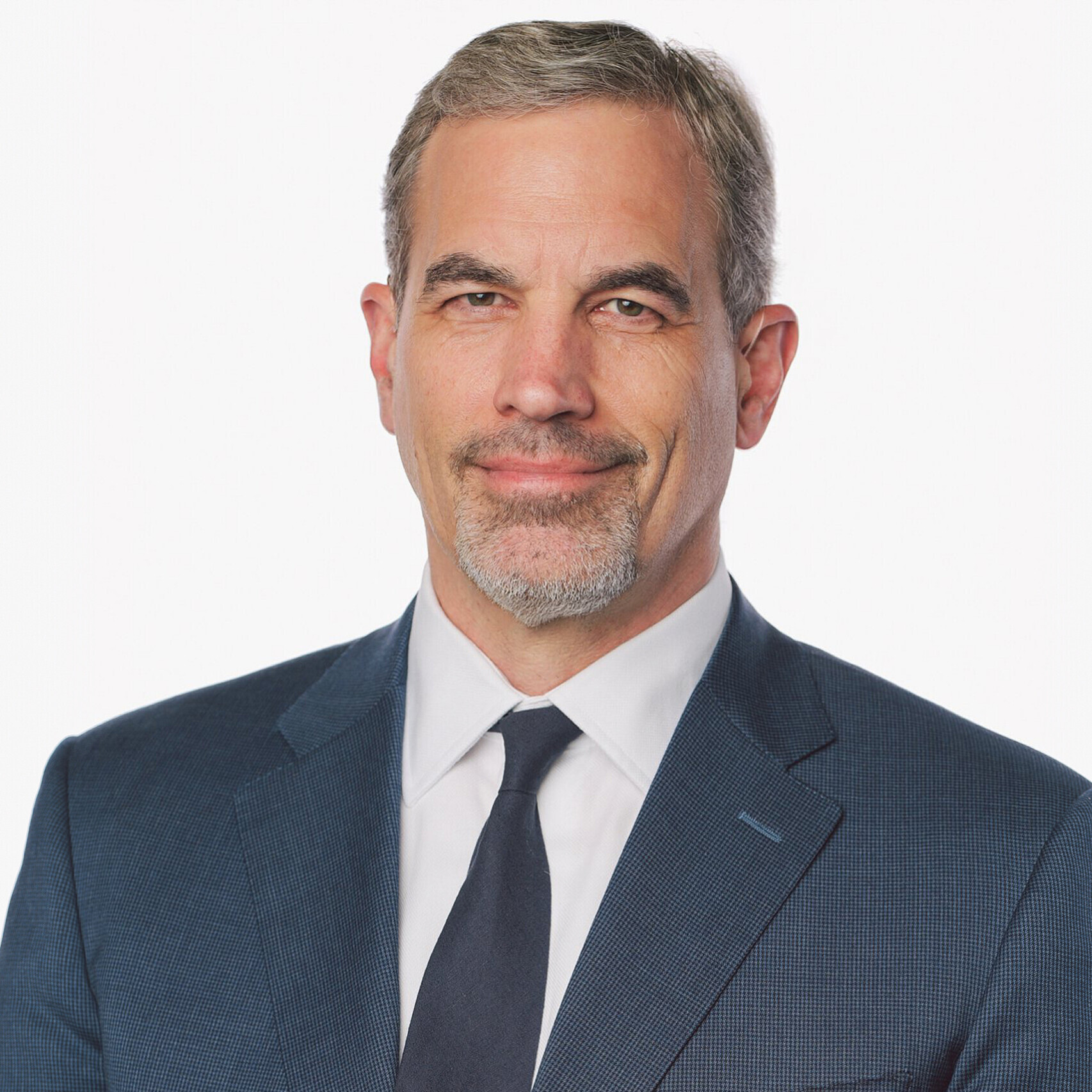
Tom Vander Ark
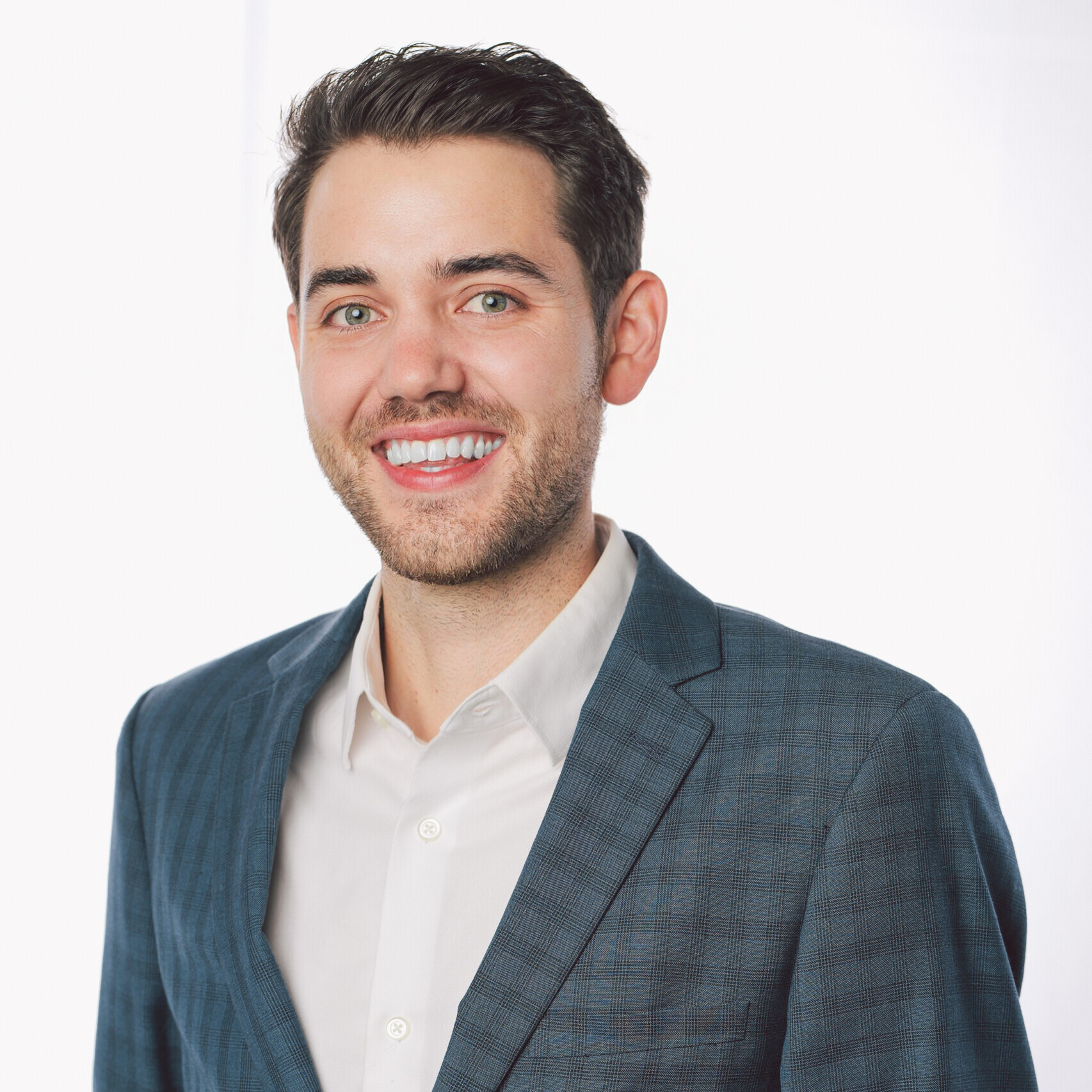


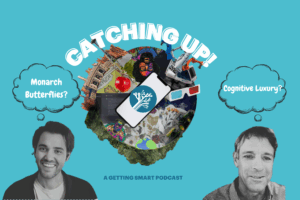
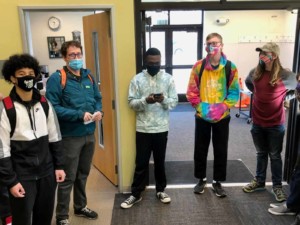

0 Comments
Leave a Comment
Your email address will not be published. All fields are required.